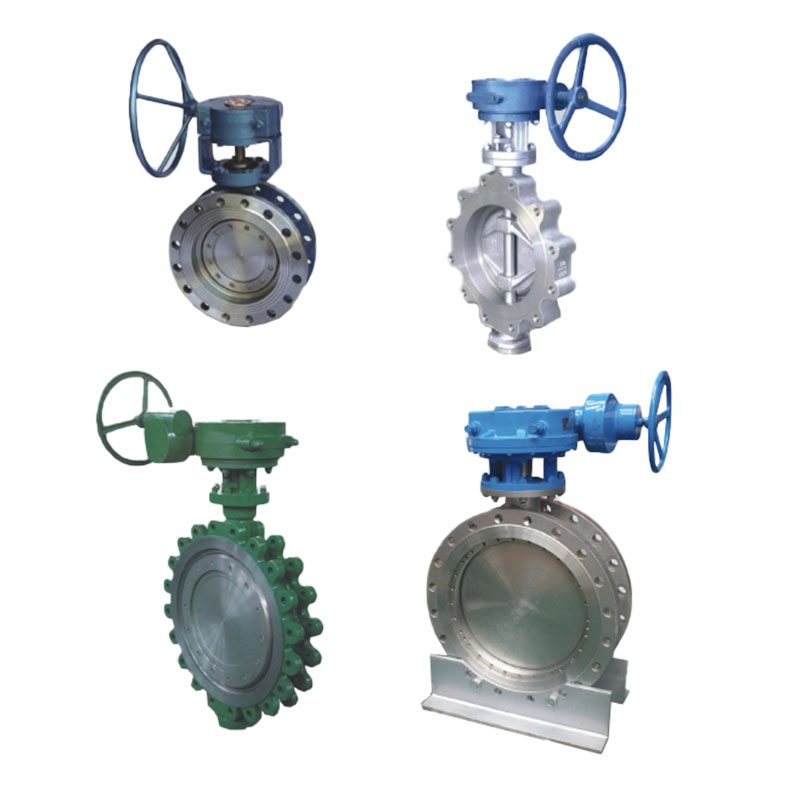Zhejiang Shunlin Valve Co., Ltd. is China Flange Valve Manufacturers, we are design and manufactures API standard valves (globe valves, gate valves, check valves, ball valves).
Regular maintenance of check valves: the key to ensuring system safety and stability
In fluid transmission systems, check valves, as a key type of valve, play an important role in preventing medium backflow and protecting system safety. However, like other mechanical equipment, check valves will also face problems such as wear and dirt accumulation during long-term use, which will affect their normal functions and performance. In order to ensure that the check valve can function continuously and stably, regular inspection and maintenance are particularly important.
1. Necessity of check valve maintenance
The main function of the check valve is to prevent fluid backflow by automatically opening and closing the valve disc. Once the valve disc cannot open and close normally due to wear, dirt or damage, it will not only cause fluid backflow, but also may cause abnormal system pressure, equipment damage and even safety accidents. Therefore, regular inspection and maintenance of check valves, timely detection and resolution of problems are the key to ensuring the normal operation of the system and avoiding potential risks.
2. Inspection content
Sealing inspection: Sealing is one of the important indicators to measure the performance of check valves. During the inspection, ensure that the sealing surface between the valve disc and the valve seat is clean, scratch-free, and tightly fitted. Whether the sealing is good can be judged by observing whether there is leakage.
Valve flap opening and closing: Check whether the valve flap is flexible and smooth when the fluid flows. If the valve flap is difficult to open or not closed tightly, it may be caused by dirt blockage, valve flap deformation or spring failure, etc., and needs to be dealt with in time.
Connection parts inspection: Check whether the connection parts (such as flanges, threads, etc.) between the check valve and the pipeline are loose, corroded or damaged. Ensure that the connection is tight to prevent leakage caused by connection problems.
3. Cleaning and maintenance
During long-term use, various dirt such as particulate matter, sediment, etc. may accumulate inside the check valve, which will seriously affect the opening and closing performance and sealing of the valve flap. Therefore, regular cleaning of the check valve is a necessary step to maintain its normal operation.
Disassembly and cleaning: After shutting down the system and cutting off the fluid source, remove the check valve from the pipeline. Use appropriate cleaning agents and tools to thoroughly clean the inside of the valve body, valve flap, sealing surface, etc. to remove all dirt and impurities.
Inspection and replacement: During the cleaning process, carefully check the wear of the valve disc, spring, seal and other parts. For severely worn or damaged parts, new parts should be replaced in time to ensure the reliability and durability of the check valve.
Reinstallation and testing: After cleaning and replacing damaged parts, reinstall the check valve into the pipeline. Turn on the system and test the working condition of the check valve to ensure that it can open and close normally and seal well.
4. Replacement timing
Although regular cleaning and maintenance can extend the service life of the check valve, some parts (such as valve discs, springs, seals, etc.) will gradually fail due to wear over time. When it is found that the check valve has serious leakage, the valve disc cannot be opened and closed flexibly, or the sealing performance is significantly reduced, a new check valve should be replaced in time to avoid causing greater damage to the system.

 English
English 中文简体
中文简体 русский
русский







